Seabed: The new frontier
How Nord Stream and undersea threats are
changing the world’s battleground
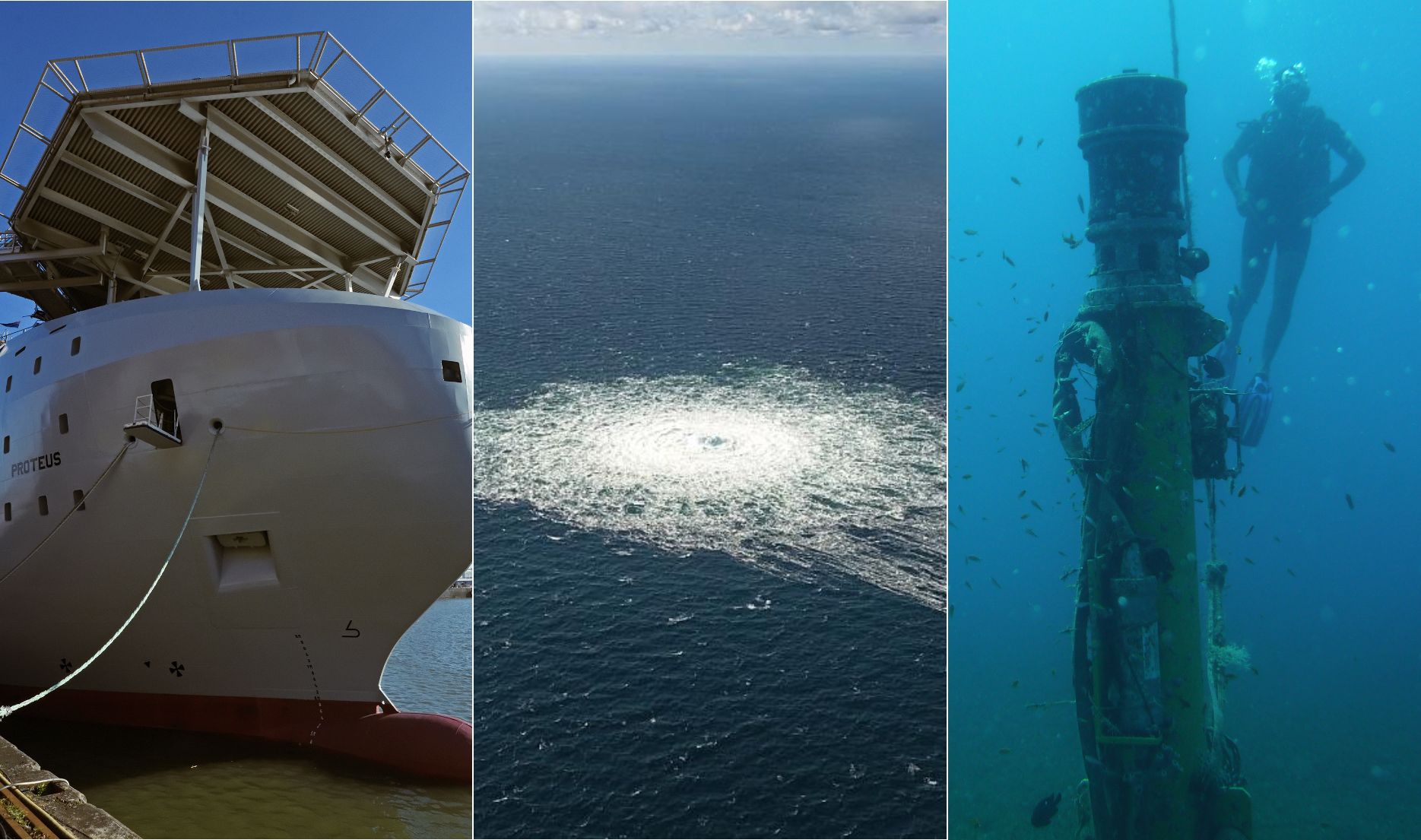
Tanks rolling through mud, roaring planes, missiles crashing into buildings and drones buzzing by. All the elements of a modern battleground. But could we be about to witness something similar 6,000m under the sea?
Tiny submarines, AI surveillance, submersible drones and converted ships with launch platforms.
A new kind of warfare is making giant waves: Sea warfare. Beneath the oceans, terror and damage – sometimes accidental – are making countries and companies very twitchy about energy supply, global communication and the prospect of sabotage shutting our lights off.

What's at risk?
Around 1.4 million kilometers of submarine cables crisscross the ocean floor across the globe, transmitting 97 percent of the world's communication. These fiber optic cables, the thickness of a garden hose, deliver $10 trillion worth of financial transactions every day. Electricity and gas is also provided underwater.
Everybody who relies on the internet, every country that needs this infrastructure, and all the small and giant communication companies who have invested in boosting their capacity – are all vulnerable.
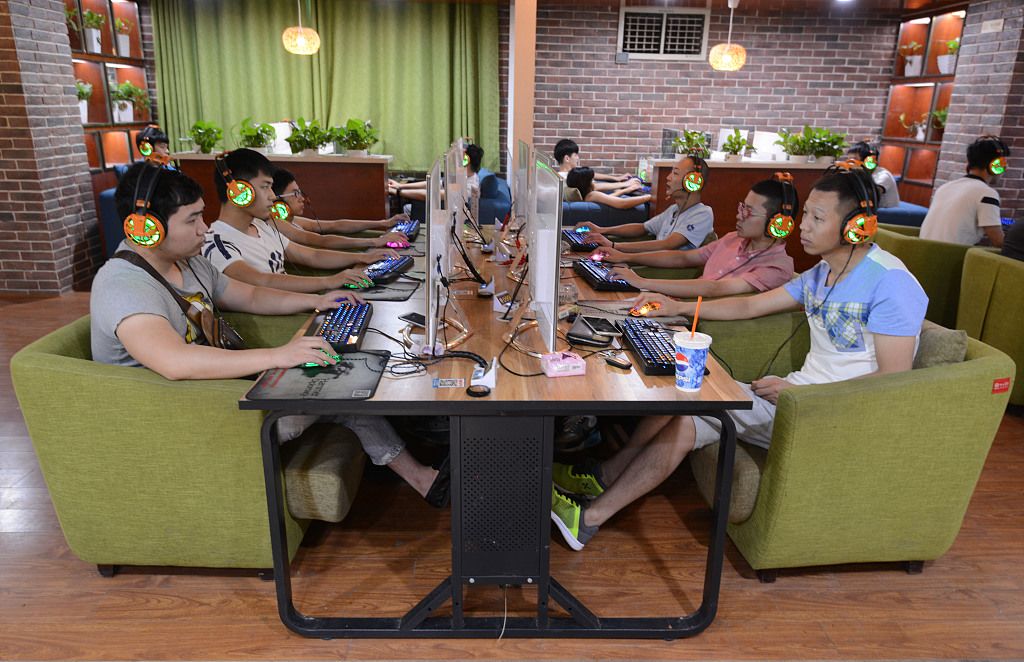
Global communication and internet speeds rely on fiber cables laid under the ocean. /CFP
Global communication and internet speeds rely on fiber cables. /CFP
This maritime threat to gas supply in Europe was starkly exposed with the sabotage of the Nord Stream pipelines in September 2022. The three underwater explosions were equivalent to several hundred kilograms of explosives. Russia and the West blame each other as the investigations roll on.
Countries and trading blocs are increasingly concerned. A stream of new strategies dealing with threats and improving infrastructure protection has been revealed in recent months.
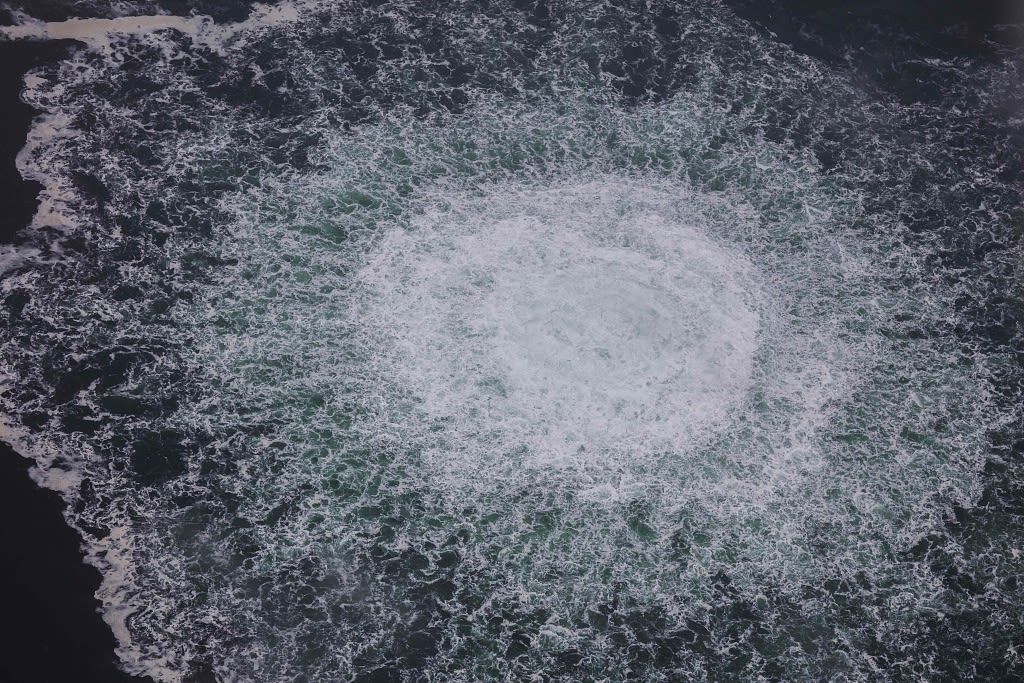
The seabed infrastructure defense battles explained
The seabed infrastructure defense battles explained
"There's $1.9 trillion in daily foreign exchange trades using the UK's submarine cable network"
With conflicts on the rise around the world, it's crucial for all that the battleground does not nosedive into the ocean. Infrastructure protection is crucial and various types of technology are being implemented to secure it.
"It was a wake-up call," Tayfun Ozberk told CGTN Europe about Nord Stream. "Governments and navies were reminded of the danger of undersea infrastructure and the importance of protecting it from sabotage. It illustrates the precarious state of critical infrastructure, the devastation of hybrid attacks and difficulties in preventing such attacks.”
Ozberk has experienced up-close these maritime dangers, having served in the Turkish Navy for 16 years. He is now an expert analyst on emerging events in naval warfare.
"Underwater attacks on any facility are significant because even a single attack on an oil rig can have catastrophic consequences, not only for countries but also for nature," he added. "An attack disrupts production and transportation causing lasting economic damage. Interruption in transporting gas through pipes also affects millions.
"The global economy relies on information exchange, much of this supported by undersea cables. Big disruption to data transmission can mean losing billions. In the UK, submarine cables carry over 99 percent of telecommunication data. Plus there's $1.9 trillion in daily cross-border foreign exchange trades using the UK's submarine cable network. Preventing infrastructure disruption is vital."
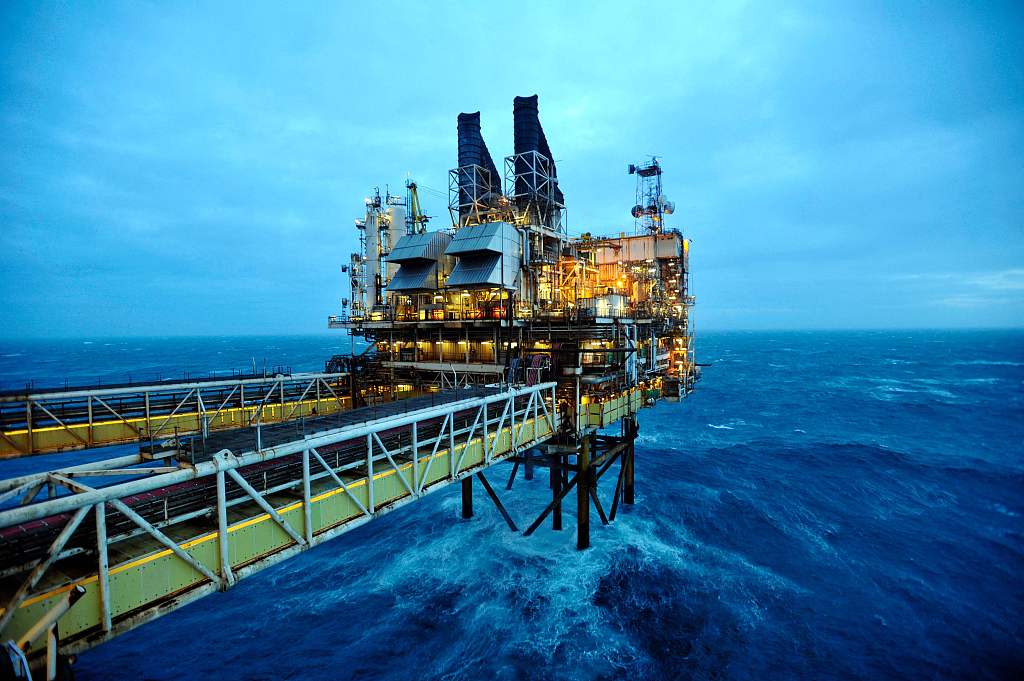
Where are the world's cables?
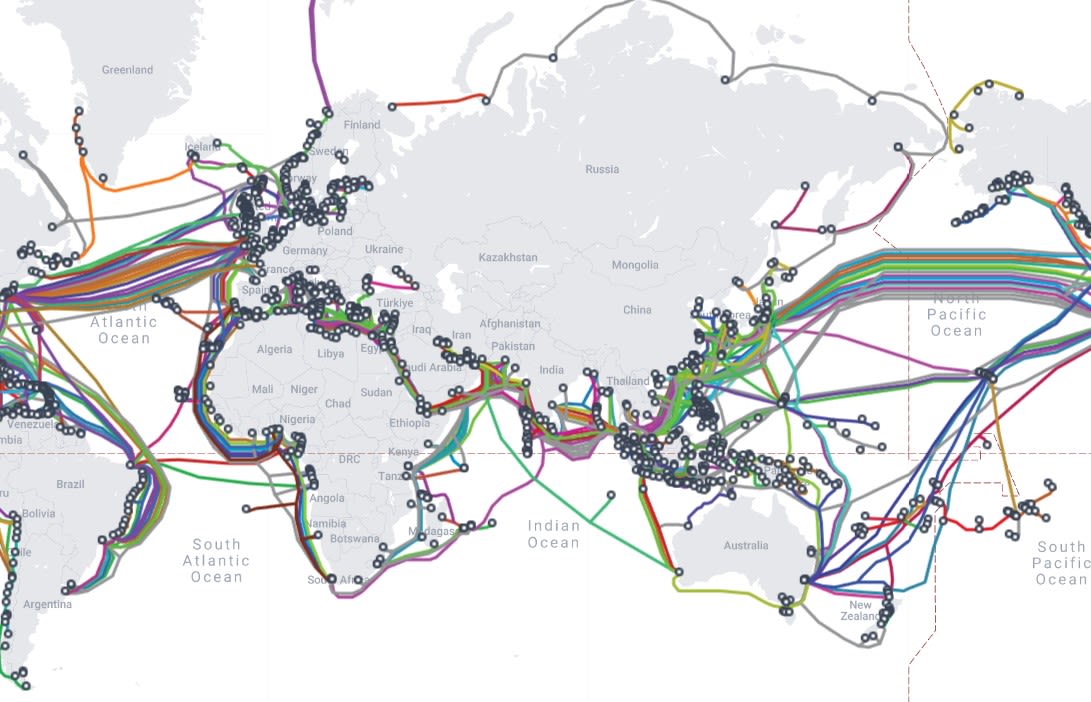
A map of cables around the world./ TeleGeography and submarinecablemap.com
A map of cables around the world./ TeleGeography and submarinecablemap.com
The old art of sabotage
Underwater warfare is not a new concept. During the Spanish-American War in 1898, there are stories of the U.S. cutting undersea cables.
Britain severed German cables in the English Channel during the First World War.
At the height of the Cold War in the 1970s, the U.S. employed highly specialized manned submarines to tap into undersea Soviet communication lines.
'Infrastructure a soft target'
Nick Swift, who used to fix submarine sonars, is a consultant on international underwater security. He is only too aware of the dangers.
"If you look at where aggressors are targeting, there's a real realization the infrastructure is really a soft target if we're being brutally honest," Swift said.
"Nord Stream demonstrates this quite well. But these attacks are not particularly new. There have been many other attacks on marine assets. There was the sabotage sinking of the Greenpeace ship Rainbow Warrior in 1985. People are getting concerned now we have a lot of infrastructure on the seabed.
"We have got to be mindful of how resilient this infrastructure is. If we destroyed all the transatlantic fiber cables, we'd be in real trouble as a country. Look what happened with the Tonga earthquake in 2022. They only had one fiber cable and their internet crashed. The UK and other countries have many more cables, but there is still vulnerability."
"We're putting a lot of power generation offshore. But how redundant is that? We have wind farms and an aggressor would have to take out a lot of them, but there's also the pollution side. If you destroy a pipeline or gas main, you're putting a lot of nasty chemicals into the environment."
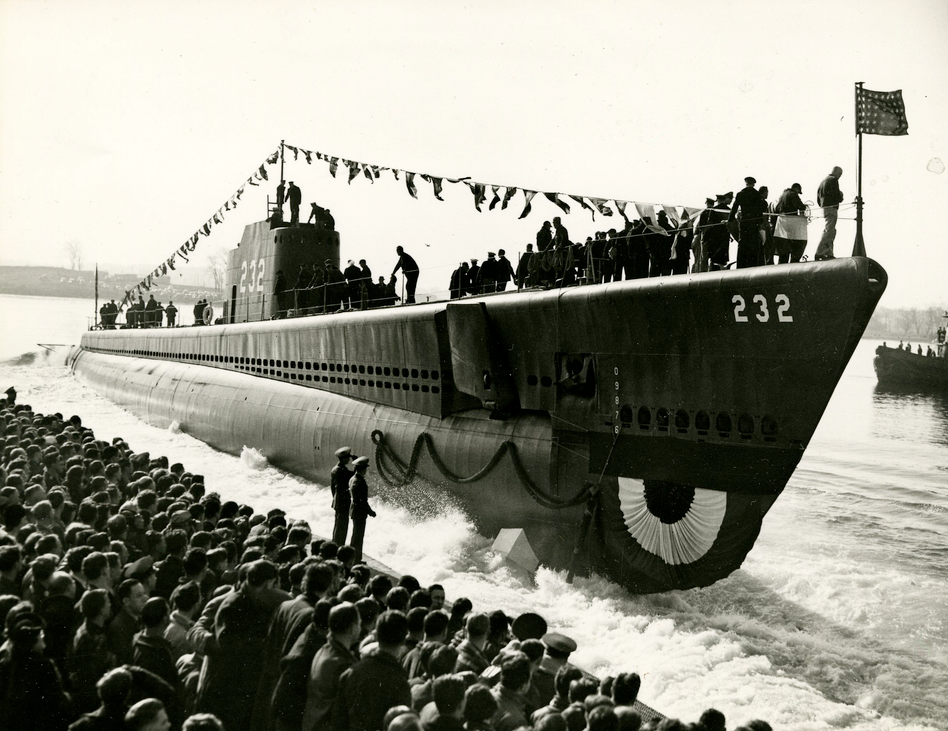
The nuclear-powered USS Halibut was converted and repurposed for special operations missions. /The U.S. National Archives via Picryl.com
The nuclear-powered USS Halibut was converted and repurposed for special operations missions. /The U.S. National Archives via Picryl.com
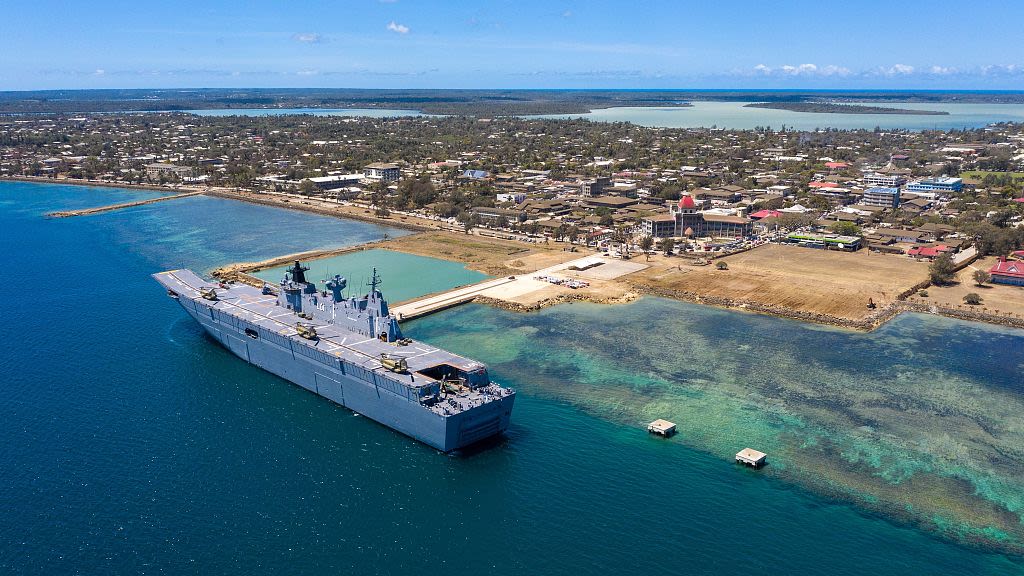
Tonga suffered a devastating earthquake in 2022 that wiped out its internet communications. /CFP
Tonga suffered a devastating earthquake in 2022 that wiped out its internet communications. /CFP
The role of technology
Countries have been stirred into action. The French took a major plunge in February 2022 by unveiling a seabed warfare strategy. They have plenty at stake. France possesses the world's second largest Exclusive Economic Zone with 10 percent of the world's main submarine cables running to the country and its overseas territories.
France's strategy document says the seabed should be considered a new domain, similar to cyber and outer space. The government pledged to improve mine-warfare capabilities and develop remotely operated and autonomous uninhabited vehicles operating at a depth of 6,000m by 2025.
In the UK, the protection of critical underwater infrastructures was brought forward in 2022 when the country sped up the acquisition of two off-the-shelf platforms called Multi-Role Ocean Surveillance Ships.
The first vessel, RFA Proteus, is a 6,133 tonne offshore support vessel for a range of missions, supporting military operations, such as safeguarding cables and pipelines using sonars, drones and deep-diving. It will also operate as a mothership for remote and autonomous offboard systems for seabed surveillance warfare.
The UK's Royal Navy will also have its first crewless submarine, called Cetus. As long as a bus, it will monitor hostile activity and listen out for threatening ships or submarines.
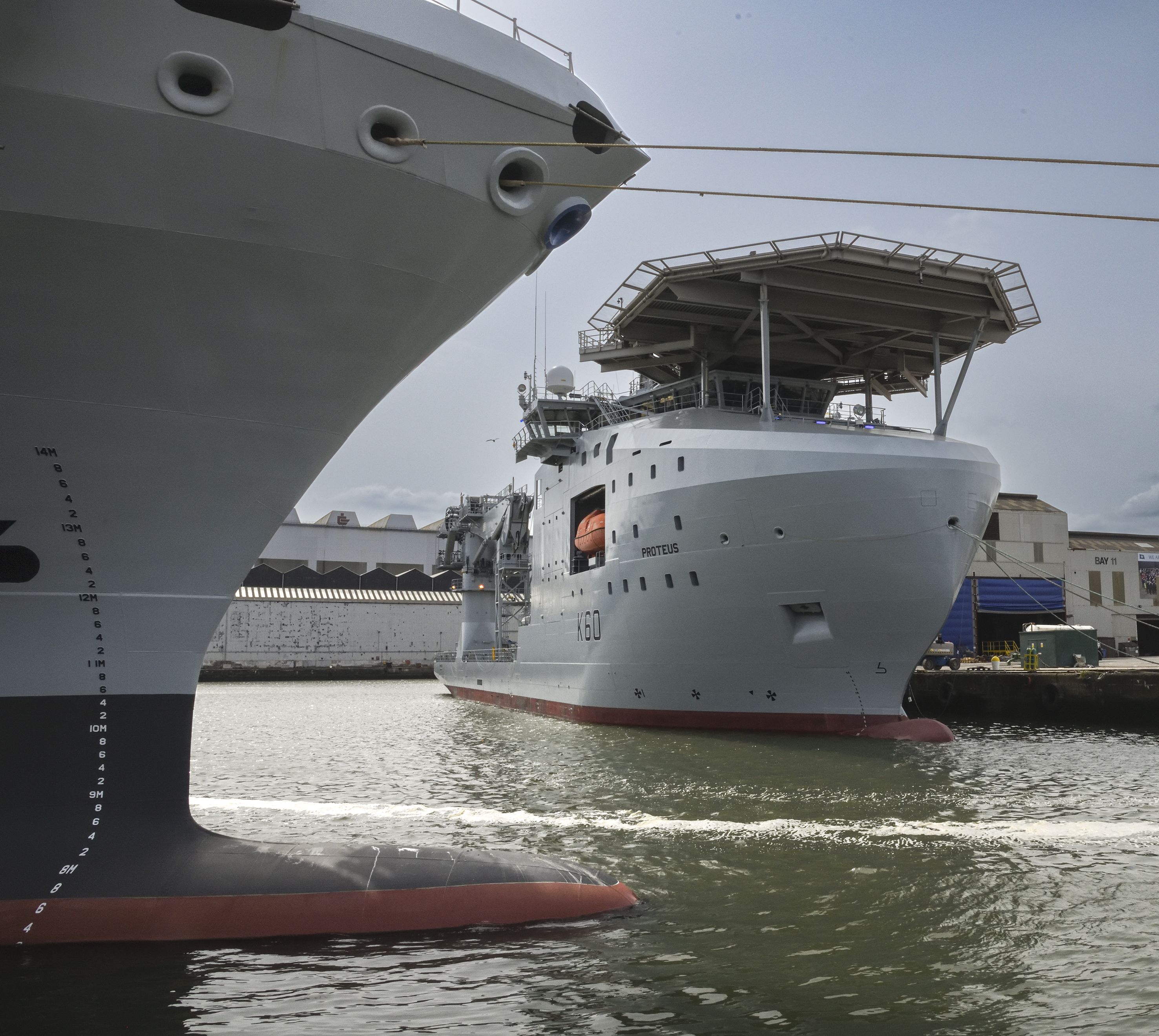
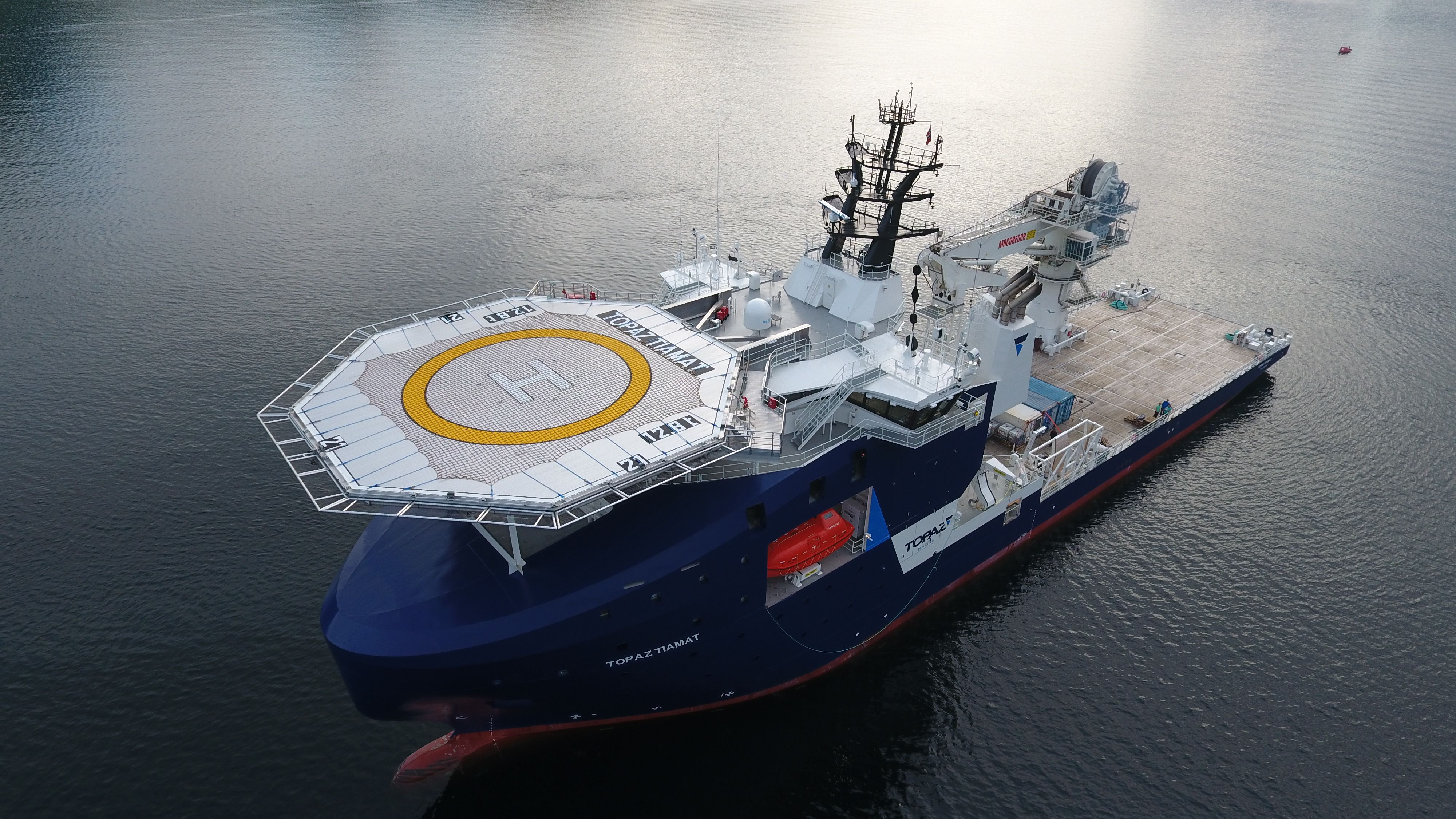
Collective security
Elsewhere in Europe, Italy has adopted a 'National Underwater Cluster,' utilizing mine warfare components and hydro-oceanographic vessels. The German Navy has outlined plans for a fleet capable of 'acting defensively and offensively' underwater. Norway and Sweden are also focusing on the seabed.
Countries are also acting collectively. In March 2023, the EU adopted an "enhanced" Maritime Security Strategy for civilians and the military. Naval exercises, cooperation with other blocs, reinforcing coastal and offshore vessel surveillance and developing maritime defense technologies are all part of this. EU foreign policy chief, Josep Borrell said: "At a time of growing geopolitical tensions, the EU must learn to speak the language of power also at sea."
NATO recently created a Critical Undersea Infrastructure Coordination Cell. Head Lieutenant General Hans-Werner Wiermann said the Nord Stream incident demonstrated the "clear and present danger our critical undersea infrastructure faces."
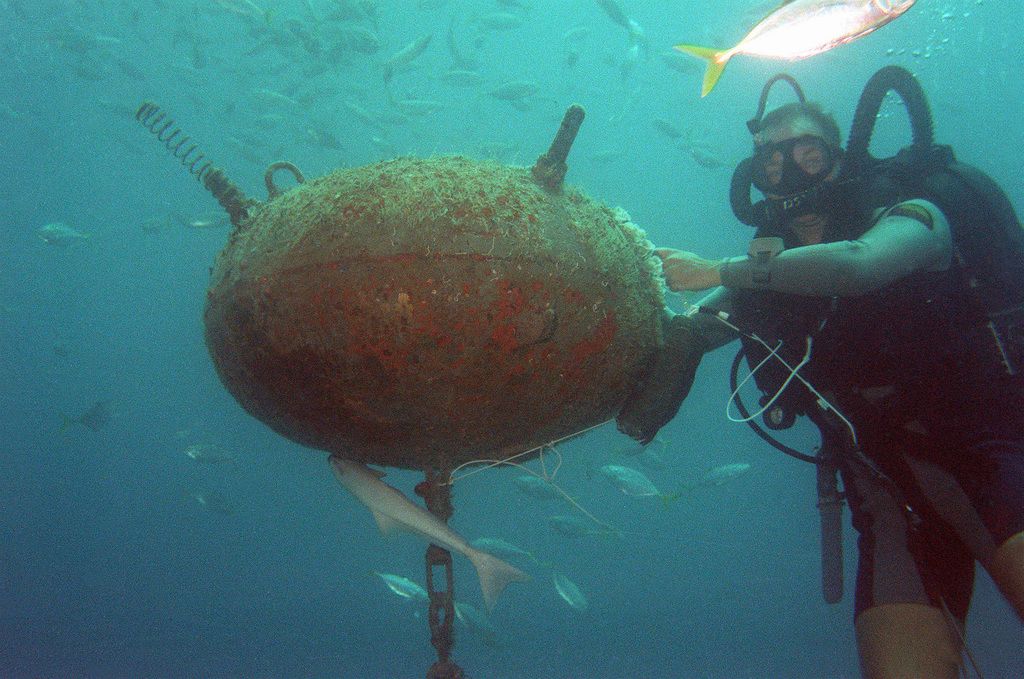
"There are off-the-shelf drones, literally drones you can buy on Amazon, you can weaponize."
Nick Swift is also the founder of UK-based Forum Technologies, which helps international technology providers in the marine industry. He fully understands the many challenges countries face and multi-faceted equipment needed for a task one seabed expert describes as like "two cop cars watching over the entire highway network of the United States."
"Nord Stream was a real wake-up for Europe and the West," Swift added. "I've worked around the world on critical infrastructure for all underwater threats and a lot in the Middle East. The infrastructure facilities in the Middle East have got a much more comprehensive protection system than the UK, but that's because the threat profile is there.
"There are big concerns about improvised explosive devices (IEDs) in the water, floating up to oil tankers. They cause a lot of damage and are hard to see from under and above water. So you need radars and cameras. There are crude and more sophisticated threats. There are off-the-shelf drones, literally drones you can buy on Amazon you can weaponize.
"We can see this happening underwater. An undersea drone is not hard to get and they're quite easy to program, put an explosive on and point them towards a target. So we've got to look at how you mitigate against all this.”
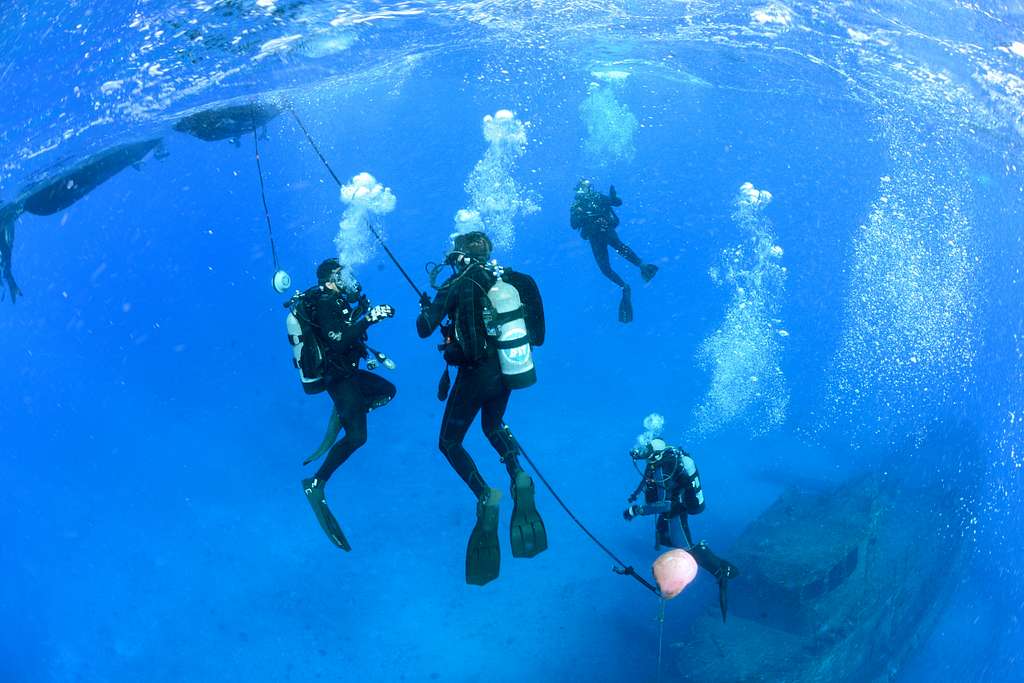
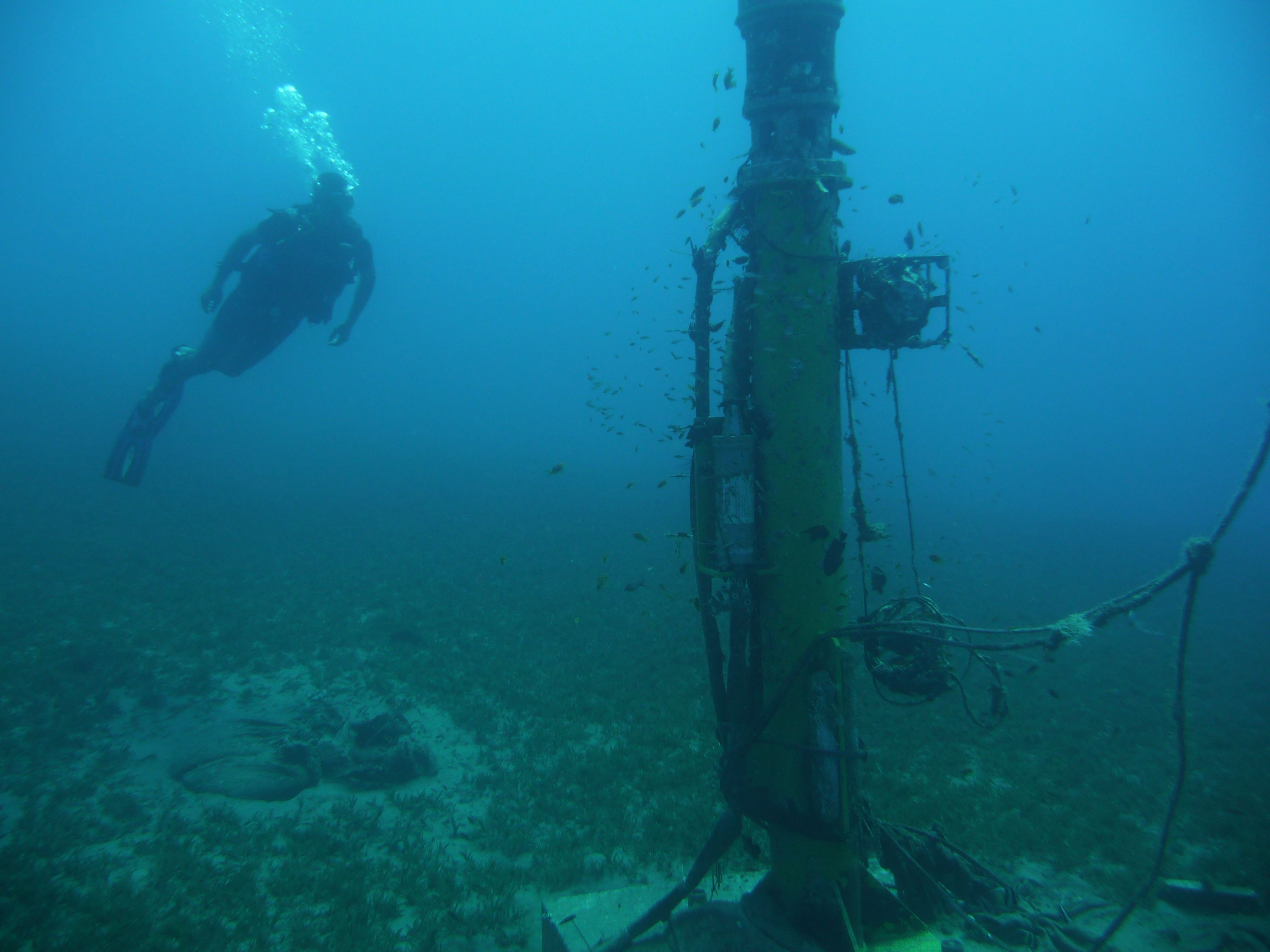
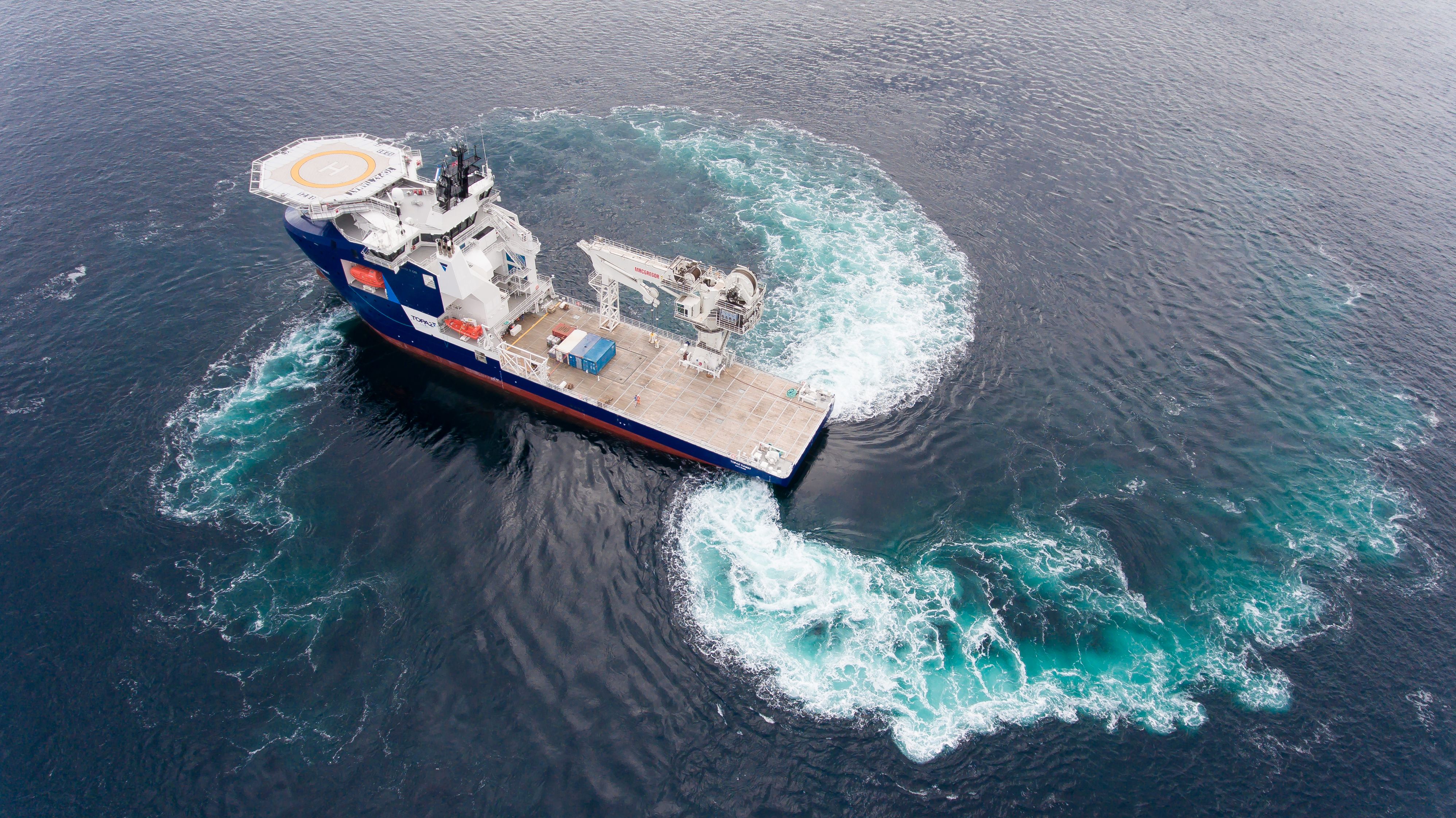
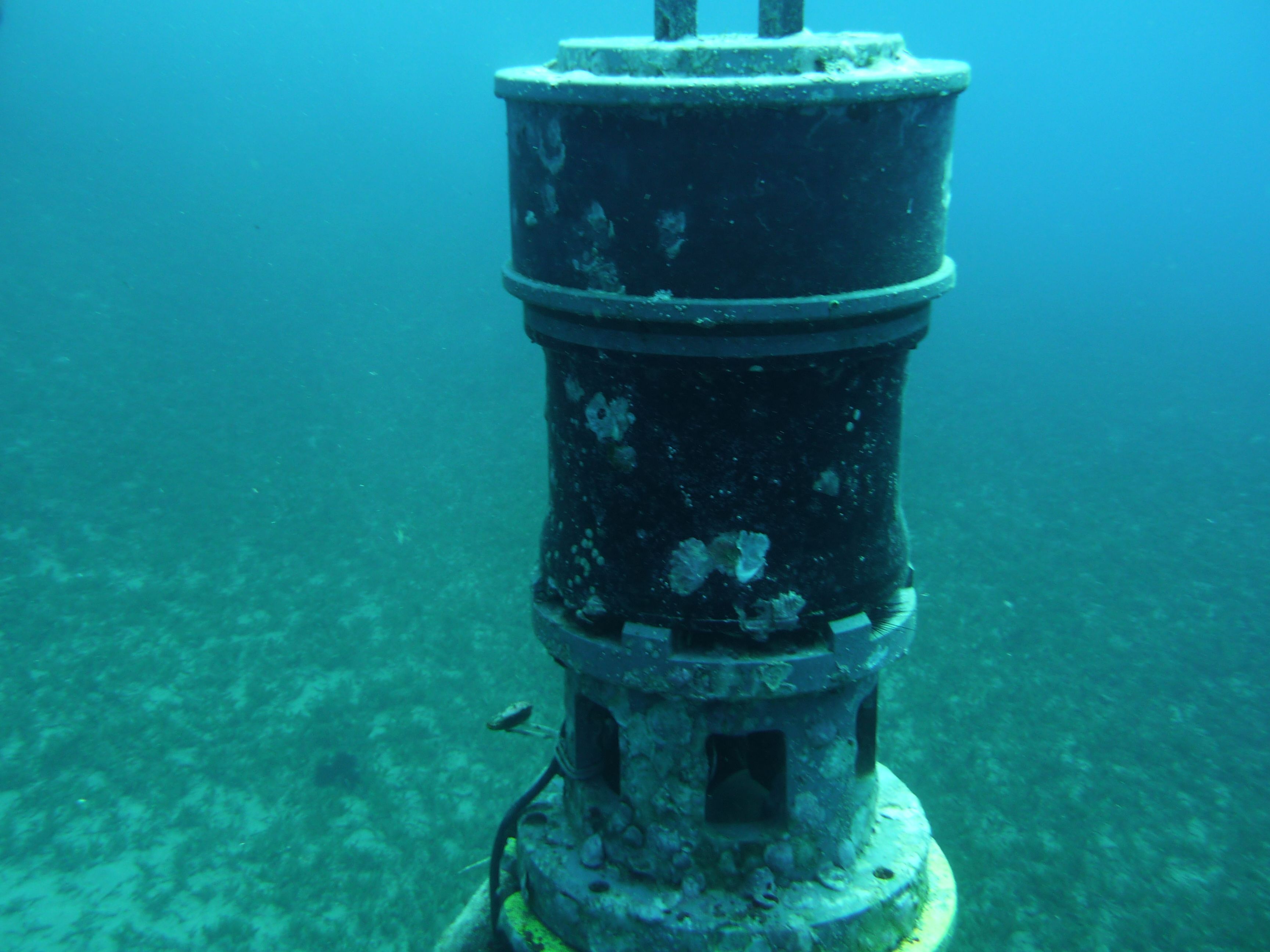
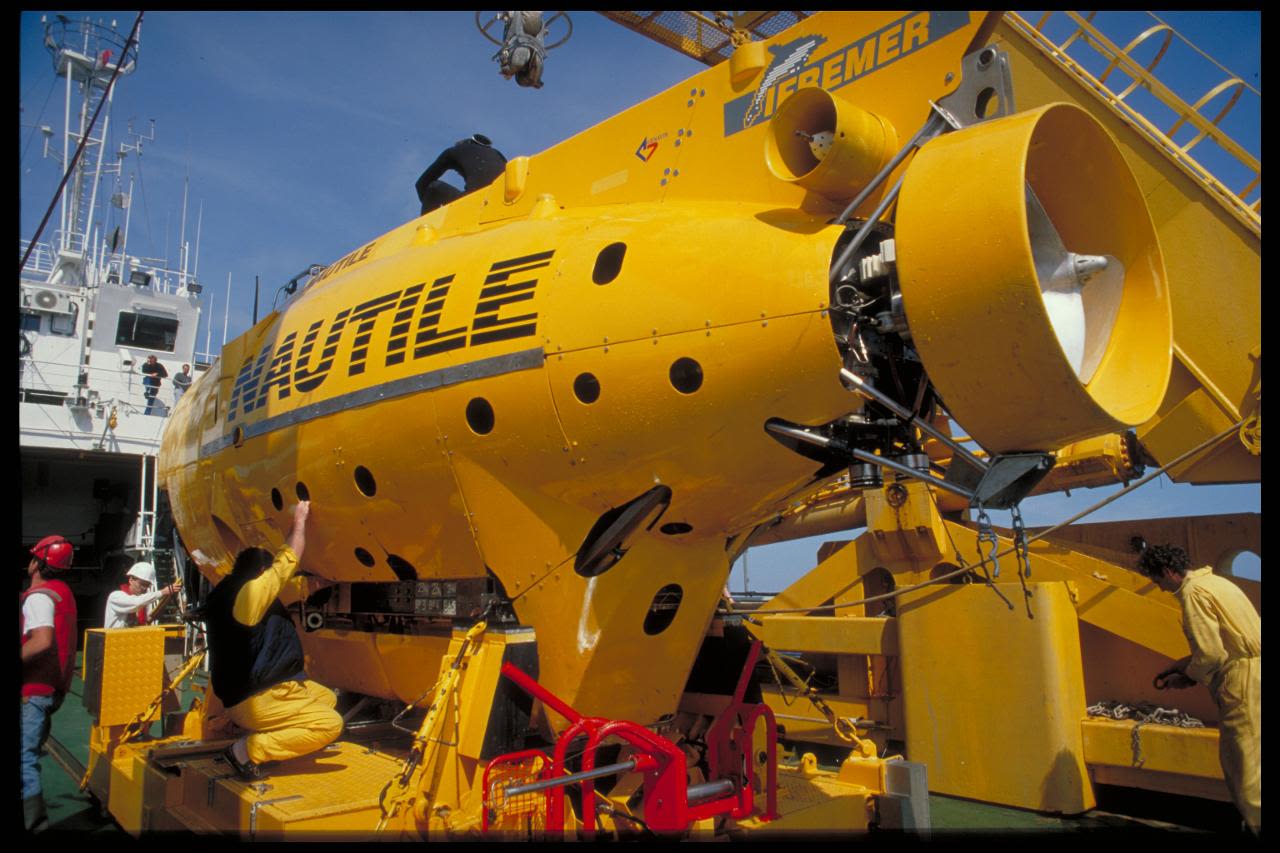

Sonardyne specializes in underwater surveiillance equipment.
Sonardyne specializes in underwater surveiillance equipment.

MV Topaz Tangaroa, renamed RFA Proteus, will act as a 'mother ship' to defend seabed infrastructure. /VARD
MV Topaz Tangaroa, renamed RFA Proteus, will act as a 'mother ship' to defend seabed infrastructure. /VARD

Underwater intruder systems boost defense on the seabed.
Underwater intruder systems boost defense on the seabed.

France's specialized submarine Nautile is a huge player in seabed defense and surveillance.
France's specialized submarine Nautile is a huge player in seabed defense and surveillance.
A process of cooperation
Ozberk believes technological advancement for underwater is still lagging behind above-water activities, despite seabed military technologies developing at their fastest-ever rate.
"The underwater environment remains a mystery, and it's not possible to cover large areas with sensors due to the underwater environment," he added. "You can cover a sea area of hundreds of miles with radar and support it with electronic support systems as well as electro-optical systems, but the ranges of sonar or underwater hydrophone systems are very limited. And it's also expensive."
At the core of seabed strategy is cooperation between the military, governments and the private sector. Swift strongly believes it's crucial for all stakeholders "to think as a community."
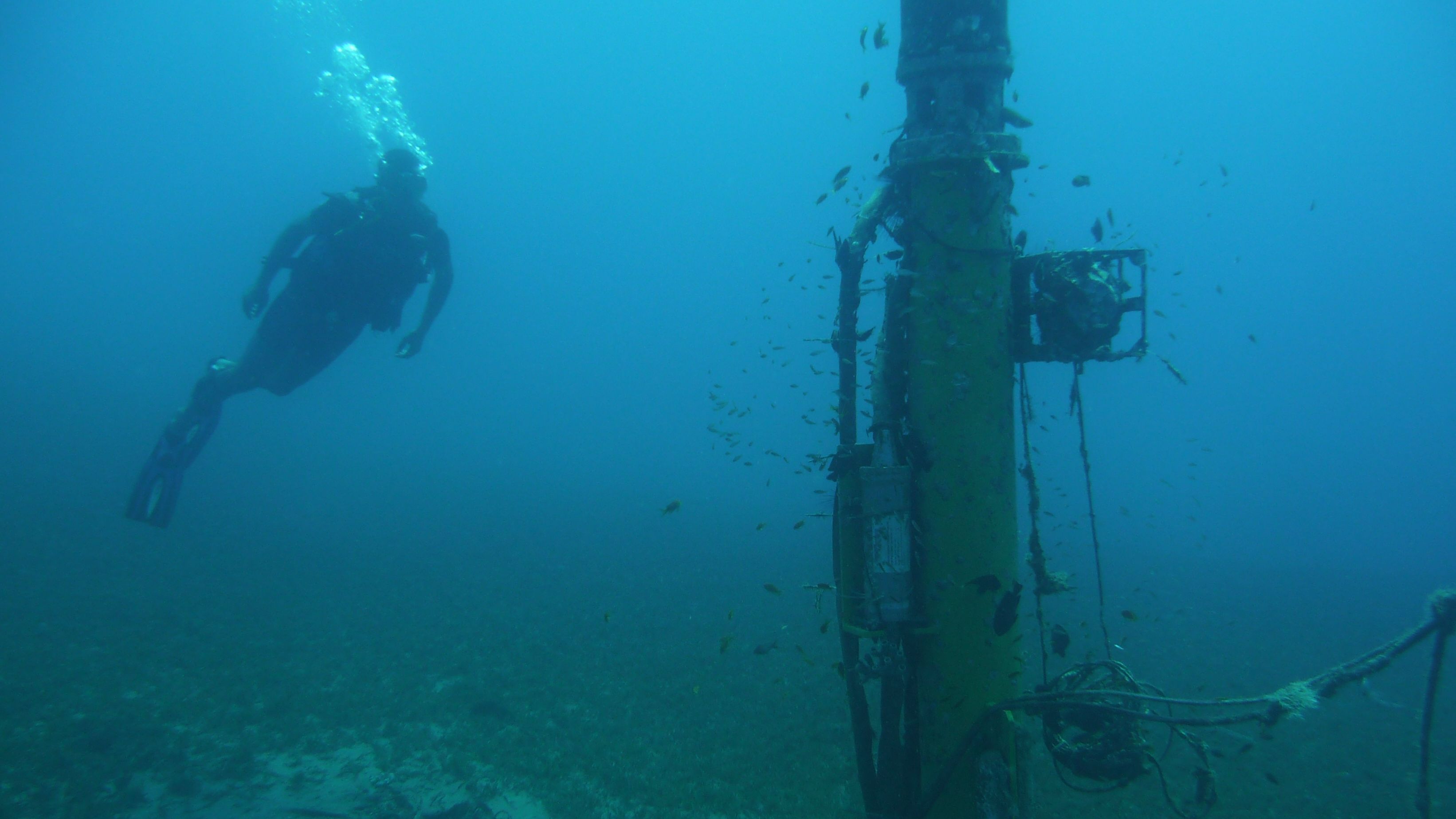
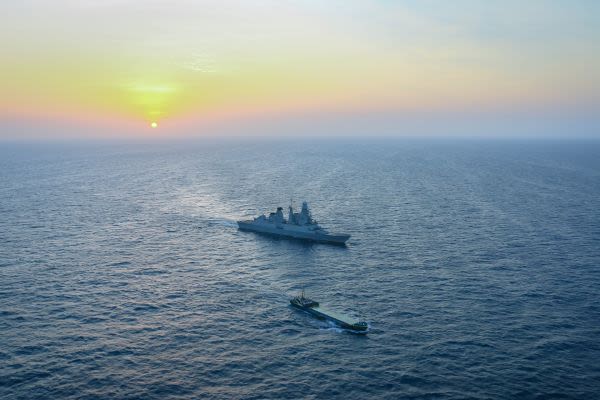
Specialist equipment
Navies, defense organizations and big companies are fully embracing collaboration. Joint missions are in full flow. Companies like Saab, Kongsberg, Rheinmetall, Sonardyne, Thales, BAE Systems and many many others are increasingly providing their expertise, hardware and software to assist maritime operations.
French authorities are pushing hard on underwater development with companies such as Seaber and Exail focusing on robotic systems and autonomous unmanned vehicles. The key aim is reaching 6,000m below the sea. Underwater drones and the manned submarine Nautile do exactly that, with wide-angle viewports and LED searchlights providing direct views of the seabed. It can reach 97 percent of the ocean floor.
Saab Seaeye is another example of private companies cooperating with other countries. It has worked with the UK's Royal Navy on the Sabertooth – a powerful yet lightweight inspection, maintenance and repair system. The Netherlands recently became the first European country in NATO to opt for Saab's Sea Wasp – a remotely-operated vehicle that identifies, relocates and neutralizes underwater IEDs.
Drones are a huge weapon – in defense and offense. The UK recently acquired two large underwater Gavia drones from Icelandic company Teledyne Marine that can reach depths of 1,000m – vital as part of counter-mine warfare.
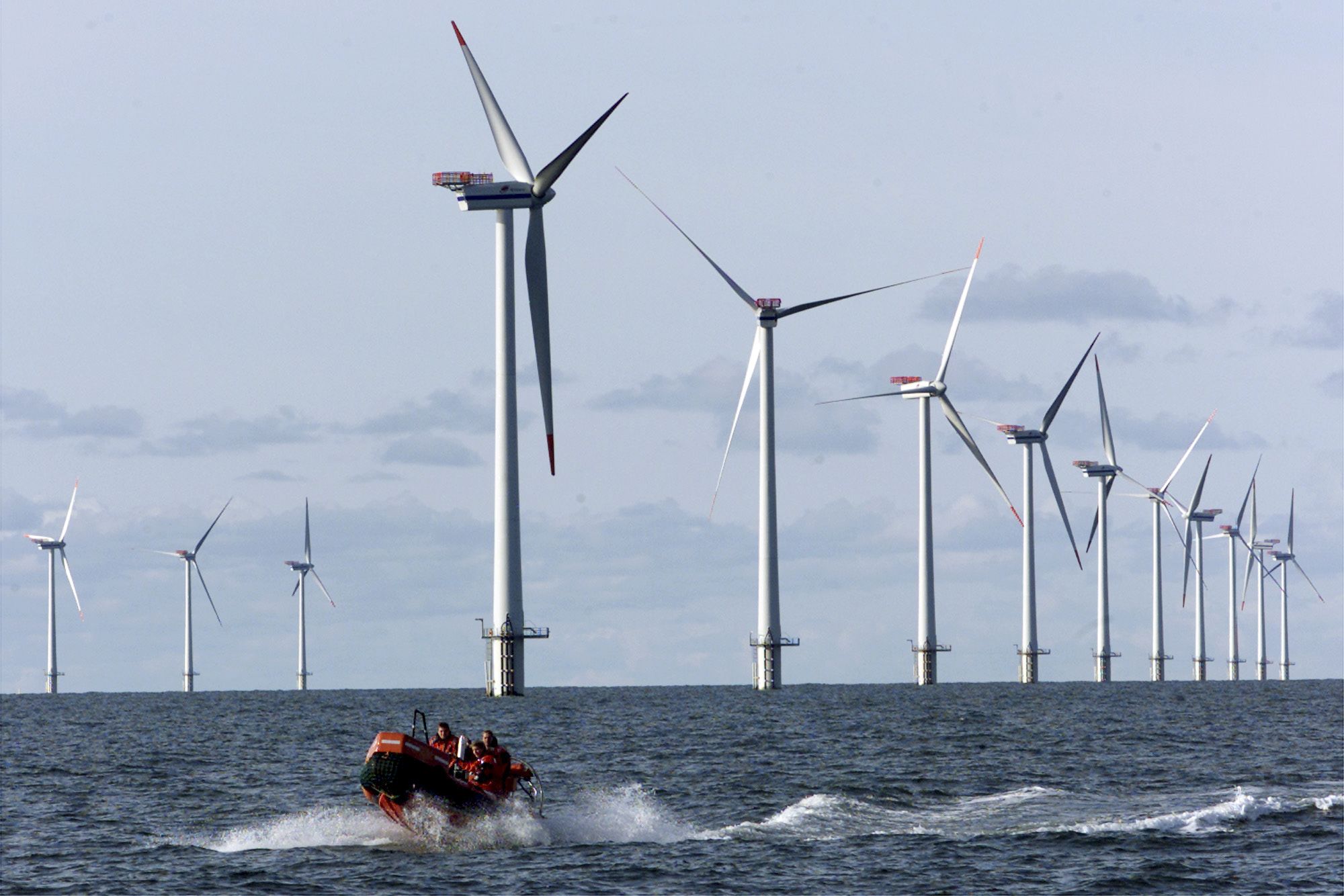
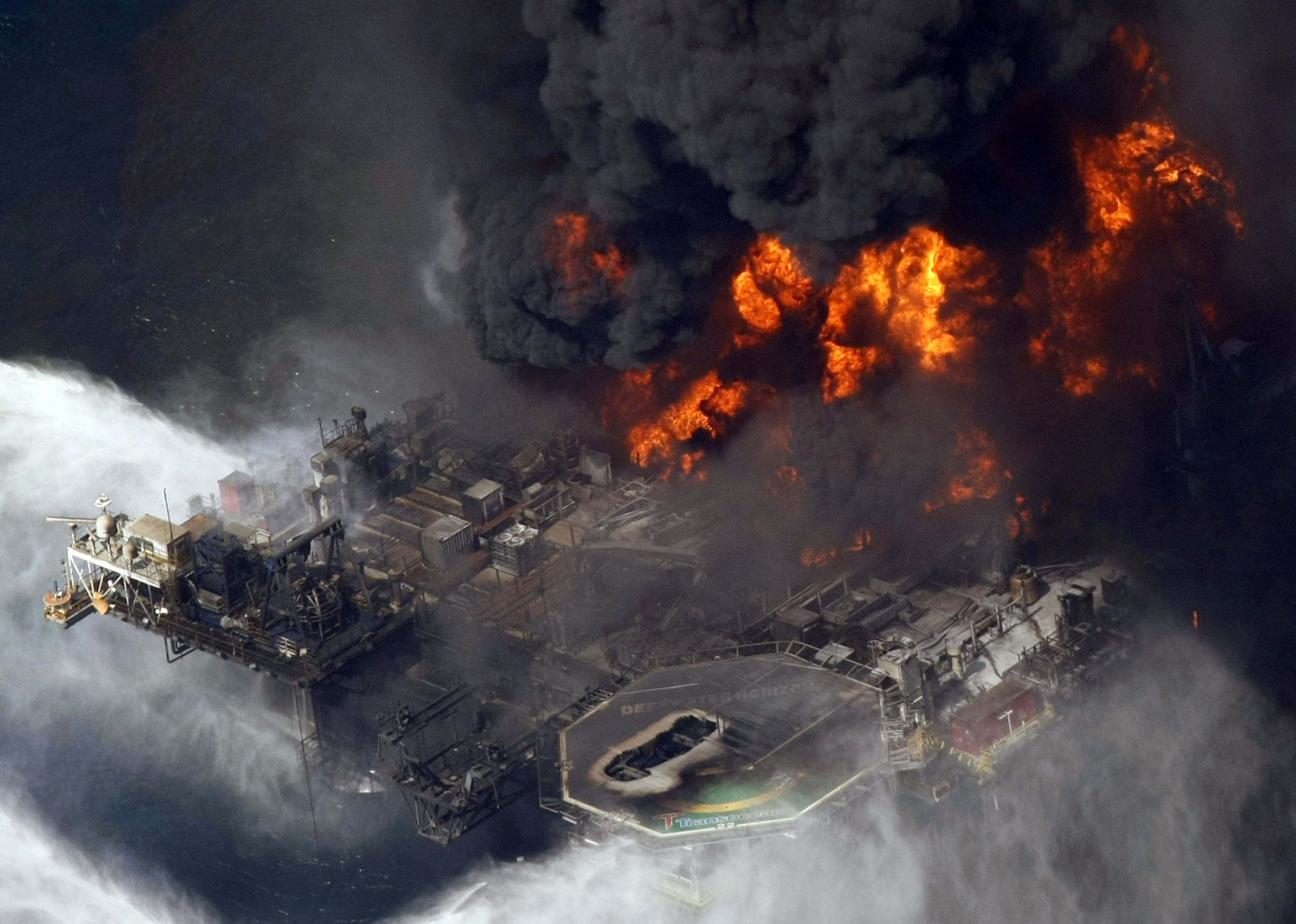
Ecological disasters are a big concern because of threats to infrastructure such as oil rigs. /Gerald Herbert/AP
Ecological disasters are a big concern because of threats to infrastructure such as oil rigs. /Gerald Herbert/AP
The future of seabed defense
With rapidly expanding technology at everyone's disposal, Swift emphasized the issues with actually operating it.
"You've got Artificial Intelligence and machine learning and all these buzzwords and everyone uses them, but the big trouble is how you apply them," Swift said.
"The trouble with the underwater environment is communications. It's not easy down there. You need sensors and you're putting information on them for processing, but you don't want anyone to have access. Suddenly you leave them on the seabed where anyone could pick it up. It could even be trawled up accidentally. So sensors, data analysis and communication are vital."
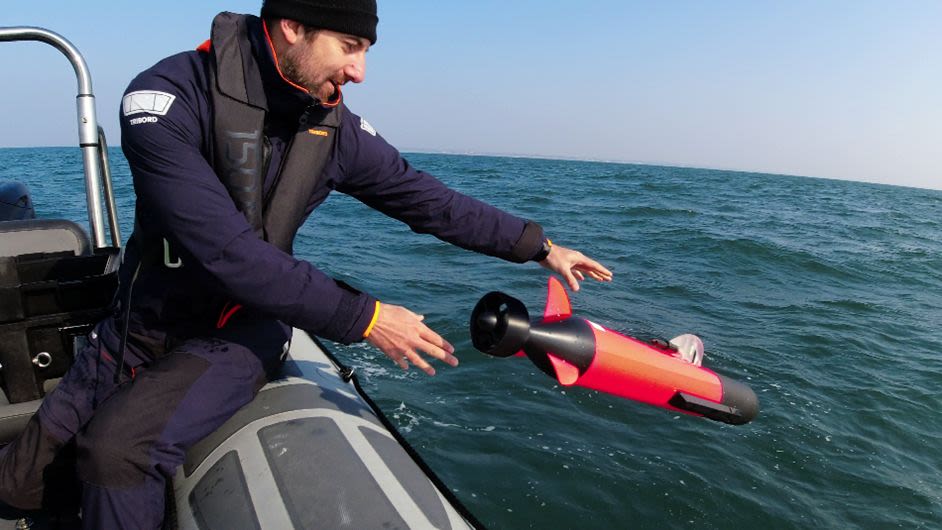
French company Seaber specializes in autonomous underwater vehicles (AUVs) that focus on surveillance and combatting naval mine
French company Seaber specializes in autonomous underwater vehicles (AUVs) that focus on surveillance and combatting naval mine
As the Nord Stream investigation continues, and global conflicts rage on, it seems the need for seabed infrastructure defense and cooperation between countries, civilians, military and the private sector has never been greater.
"Strategies are crucial," said Swift. "Countries have to make sure they have redundancy in case of damage and you certainly want to avoid damage to redundant oil and gas pipelines putting nasty hydrocarbons into the waters.
"A country won't necessarily grind to a halt if an underwater pipe is attacked, but it's the effect on the public and feeling this terror. If you take out a number of wind farms, you probably won't turn the lights off all over the country, but it's going to have a very, very bad effect on morale – and that is not a good thing."
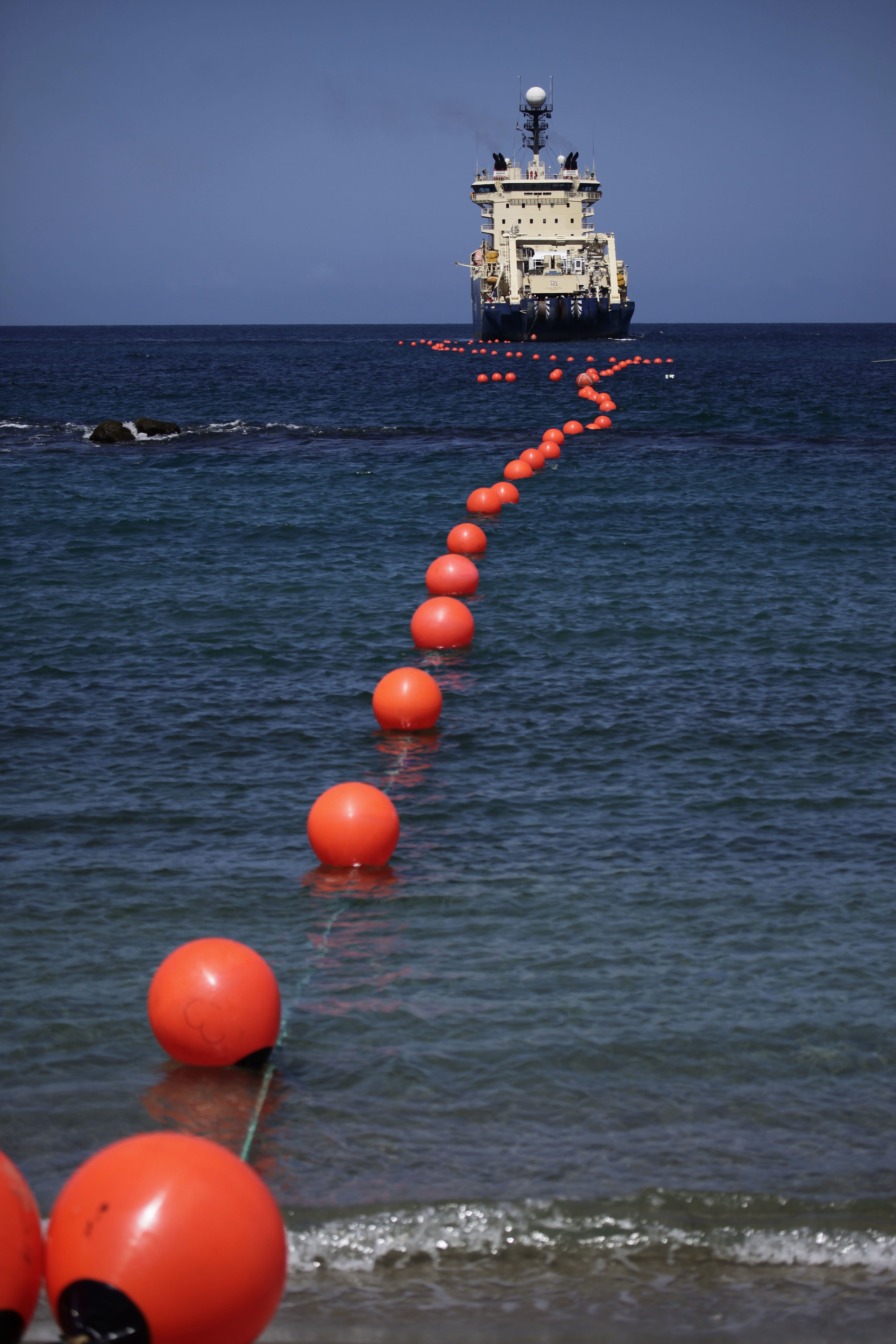
Laying fiber-optic cable is keeping the world connected. /Ariana Cubillos/AP
Laying fiber-optic cable is keeping the world connected. /Ariana Cubillos/AP